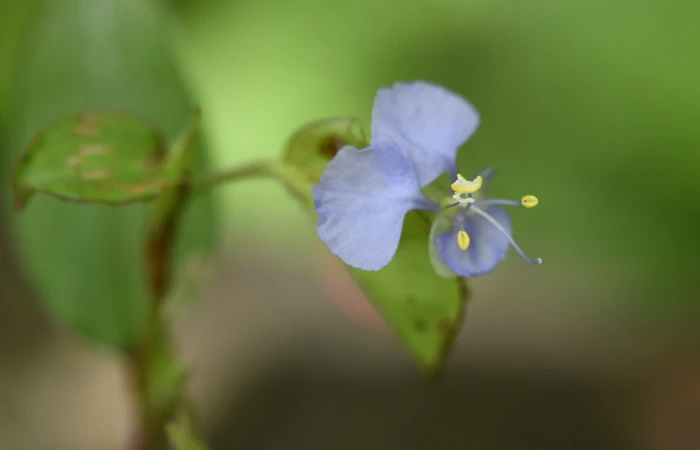Climbing Dayflower
(Commelina diffusa)
Climbing Dayflower (Commelina diffusa)
/
/

Neptalí Ramírez Marcial
CC BY 4.0
Image By:
Neptalí Ramírez Marcial
Recorded By:
Copyright:
CC BY 4.0
Copyright Notice:
Photo by: Neptalí Ramírez Marcial | License Type: CC BY 4.0 | License URL: http://creativecommons.org/licenses/by/4.0/ | Rights Holder: Neptalí Ramírez Marcial | Publisher: iNaturalist | Date Created: 2022-09-18T09:16:41-07:00 |







Estimated Native Range
Climate Requirements for Sebastian, Florida
| This Plant | Your Site | Plant Suitability for Your Location | ||
|---|---|---|---|---|
| • Precipitation | 0" - 300" | 49" | Aquatic | Aquatic |
| • High Temp. | 59°F - 108°F | 91°F | Your summer temperatures are normal for this plant. | Excellent |
| • Low Temp. | -0°F - 79°F | 51°F | Your winter temperatures are normal for this plant | Excellent |
This plant should grow well at your location with about N inches per year (Y minutes per month) of irrigation.
Summary
Commelina diffusa, commonly known as the climbing dayflower, is an annual or perennial herb native to tropical and subtropical regions of Africa, Asia and parts of the Pacific. It typically grows up to 1.5 feet (45 centimeters) in height and spreads diffusely, with stems that root at the nodes and form dense mats. The plant features bright blue, three-petaled flowers that bloom in the morning and close by afternoon, with a flowering season that lasts from late spring to early fall. The flowers are relatively showy and attract pollinators such as bees.
The climbing dayflower is valued for its rapid growth and attractive flowers, making it suitable for ground cover in tropical and subtropical gardens. It thrives in moist, well-drained soils and can tolerate a range of light conditions from full sun to partial shade. However, it requires consistent moisture and may not be drought-tolerant. In cultivation, it can be used to stabilize soil in wet areas or as a filler in garden beds. Due to its invasive potential, it should be managed carefully to prevent unwanted spread.CC BY-SA 4.0
The climbing dayflower is valued for its rapid growth and attractive flowers, making it suitable for ground cover in tropical and subtropical gardens. It thrives in moist, well-drained soils and can tolerate a range of light conditions from full sun to partial shade. However, it requires consistent moisture and may not be drought-tolerant. In cultivation, it can be used to stabilize soil in wet areas or as a filler in garden beds. Due to its invasive potential, it should be managed carefully to prevent unwanted spread.CC BY-SA 4.0
Plant Description
- Plant Type: Herb
- Height: 0.25-1 feet
- Width: 0.5-0.75 feet
- Growth Rate: Rapid
- Flower Color: Blue, Purple
- Flowering Season: Summer, Fall
- Leaf Retention: Deciduous
Growth Requirements
- Sun: Full Sun, Part Shade
- Water: Medium, High
- Drainage: Medium
Common Uses
Groundcover, Low Maintenance, Potted Plant
Natural Habitat
Moist, shaded areas such as stream banks, marshy sites, and wetlands
Other Names
Common Names: Creeping Dayflower, Creeping-Spiderwort, Spreading Dayflower, Birdbill Dayflower
Scientific Names: Commelina diffusa, Commelina communis, Commelina communis, Commelina diffusa var. diffusa, Commelina nudiflora, Commelina nudiflora var. sellowiana, Commelina sauciflora
GBIF Accepted Name: Commelina diffusa